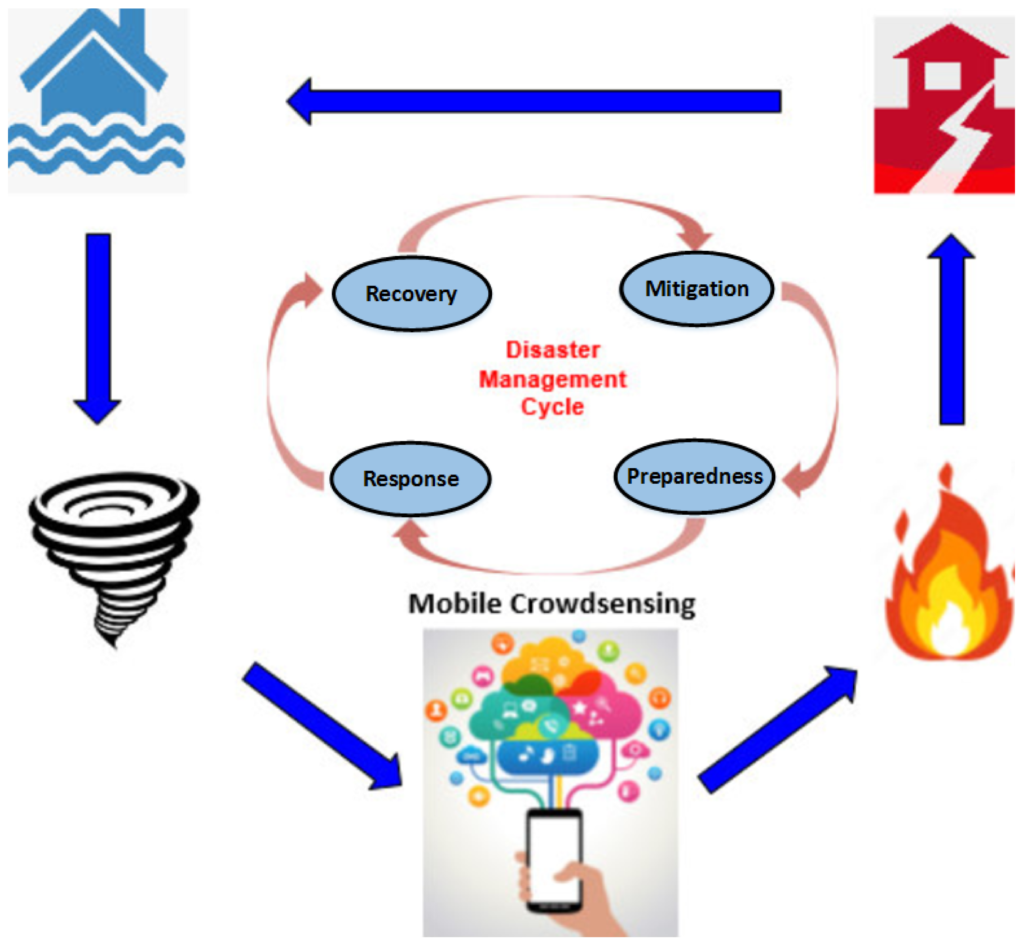There is the Ultimate Guide to Y2k by Navigating the Millennium Bug in the Digital Age
As the world transitioned from the 20th to the 21st century, a sense of anticipation and anxiety gripped the global population. The turn of the millennium marked not only the beginning of a new era but also the looming uncertainty of the Y2K bug. The Y2K bug, also known as the Millennium Bug or the Year 2000 problem, was a computer flaw that threatened to disrupt systems worldwide.
This comprehensive guide aims to explore the origins, impact, and aftermath of the Y2K bug, shedding light on one of the most significant technological challenges of the modern era.
1.Understanding the Y2K Bug:

The Y2K bug stemmed from the widespread practice of representing years in computer systems with only the last two digits. For example, the year 1998 was stored as ’98.’ As the year 2000 approached, concerns arose that computer systems would misinterpret the year 2000 as 1900, leading to potential malfunctions. This fundamental flaw had the potential to affect a wide range of systems, from financial institutions and utilities to transportation and healthcare.
2.The Origins of the Y2K Bug:
The origins of the Y2K bug can be traced back to the early days of computer programming. During the mid-20th century, computer memory and storage were expensive and limited, leading programmers to adopt a shorthand method of representing years. The oversight of not accounting for the transition to the new millennium became increasingly evident as technology advanced, and computer systems proliferated.
3.Global Preparations and Mitigation Efforts:

As the clock ticked closer to the fateful date, governments, businesses, and organizations worldwide embarked on extensive preparations to mitigate the potential fallout of the Y2K bug. Massive efforts were undertaken to identify and rectify vulnerable systems, with billions of dollars allocated to Y2K compliance initiatives. The proactive approach taken by many entities played a crucial role in averting widespread catastrophes.
4.Y2K in the Financial Sector:
One of the most critical areas of concern during the Y2K crisis was the financial sector. Banks, stock exchanges, and other financial institutions heavily depended on accurate date information for their operations. The fear of financial meltdown loomed large, prompting rigorous testing, system upgrades, and contingency planning to ensure the seamless functioning of financial systems during the transition.
5.Y2K and Critical Infrastructure:

Beyond the financial sector, critical infrastructure such as power grids, water supply systems, and transportation networks faced the challenge of Y2K compliance. The potential for disruptions in these essential services raised fears of widespread chaos. The collaborative efforts of governments and private entities were instrumental in identifying vulnerabilities and implementing corrective measures to safeguard critical infrastructure.
6.Y2K in the Technology Industry:
The technology industry, being at the forefront of the digital revolution, faced both challenges and opportunities during the Y2K crisis. Software companies played a crucial role in developing patches and updates to address Y2K-related issues. Simultaneously, the demand for Y2K-compliant hardware and software solutions soared, driving a boom in the technology market.
7.The Y2K Rollover:

As the clock struck midnight on December 31, 1999, and the world ushered in the new millennium, the much-feared Y2K bug made a relatively subdued entrance. Thanks to the tireless efforts of individuals and organizations globally, the majority of critical systems proved resilient, and catastrophic failures were averted. The Y2K rollover marked a significant moment in history, demonstrating the capacity of human ingenuity and collaboration to overcome technological challenges.
8.Post-Y2K Assessment and Lessons Learned:
In the aftermath of the Y2K crisis, a thorough assessment was conducted to evaluate the effectiveness of mitigation efforts and identify areas for improvement. While the Y2K bug did not lead to the doomsday scenarios predicted by some, the event served as a wake-up call for the need for robust cybersecurity measures, diligent software development practices, and ongoing system maintenance.
9.Legacy of the Y2K Bug:

The Y2K bug, though ultimately less catastrophic than initially feared, left a lasting impact on the world of technology. It prompted a reevaluation of software development practices, increased awareness of the importance of system resilience, and highlighted the interconnected nature of global infrastructure. The legacy of the Y2K bug continues to influence cybersecurity practices and serves as a reminder of the potential risks associated with rapid technological advancement.
Things You Should Know
The Y2K bug, once a source of widespread concern and speculation, ultimately became a testament to the power of global collaboration and proactive problem-solving. The lessons learned from the Y2K crisis continue to shape the way we approach technological challenges in the 21st century. As we reflect on the events surrounding the turn of the millennium, the Y2K bug stands as a pivotal moment in the history of technology, underscoring the importance of vigilance, preparedness, and innovation in the face of evolving threats.


great article
Excellent write-up